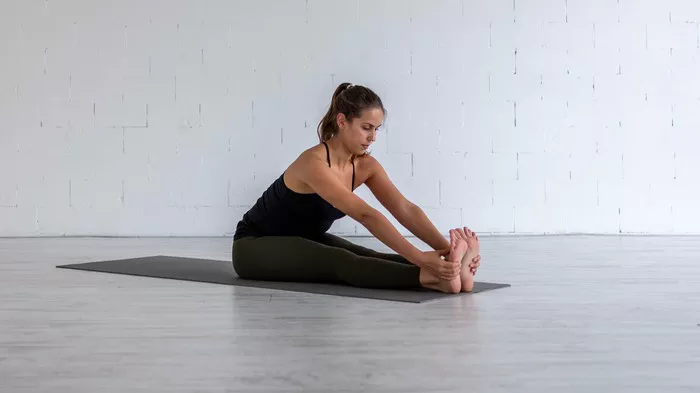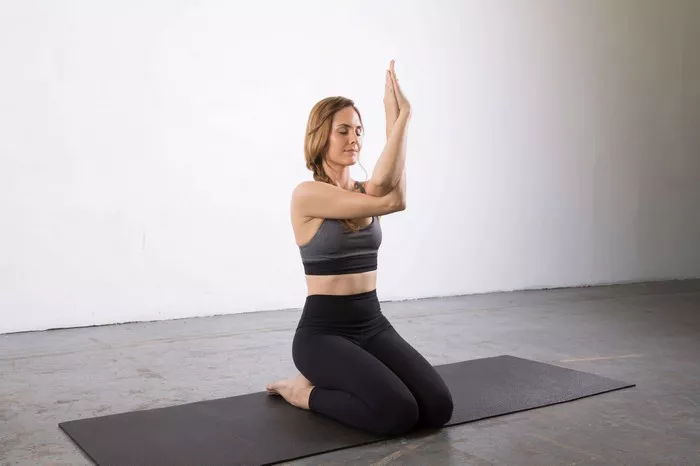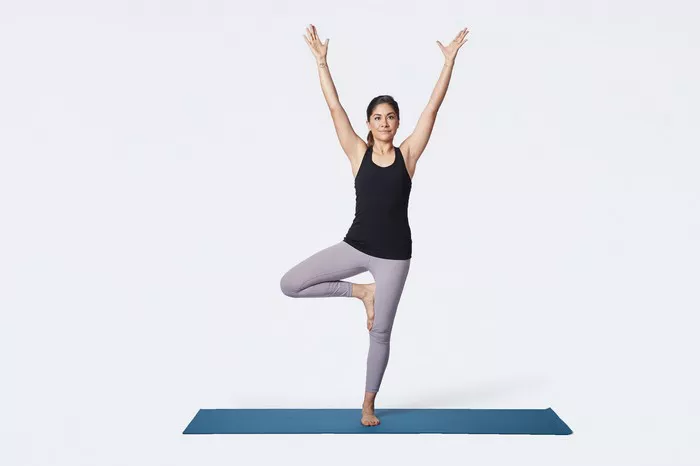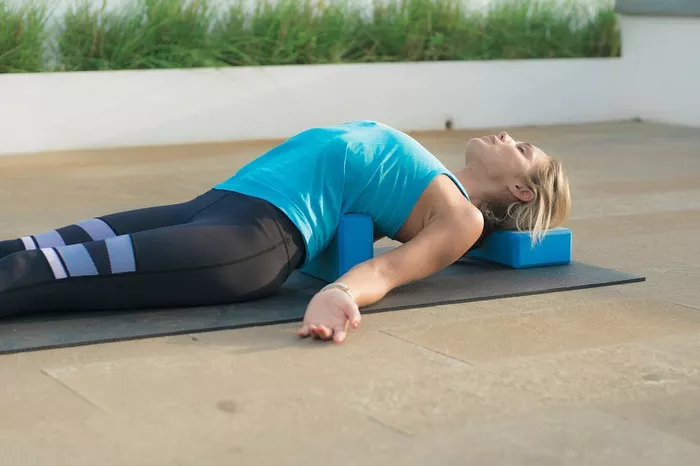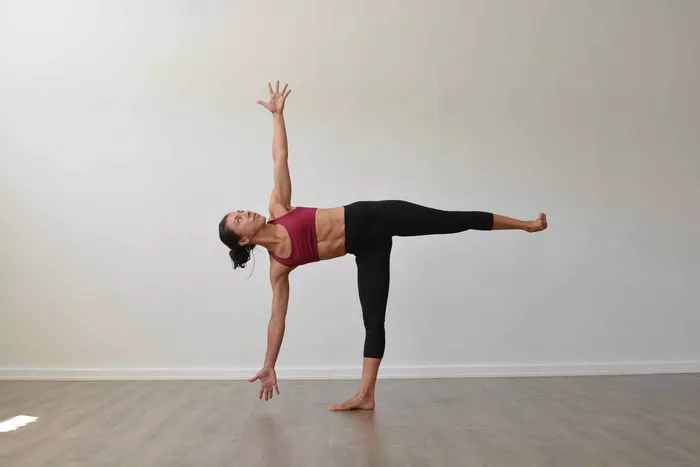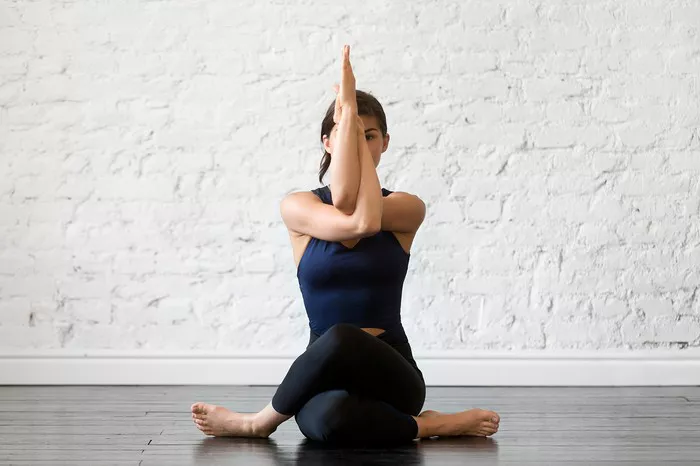Stomach pain can be a debilitating condition, affecting individuals of all ages and backgrounds. Whether caused by digestive issues, menstrual cramps, or other underlying health concerns, the discomfort can significantly impact daily life. While there are various treatments available, from medication to dietary changes, one often-overlooked method for managing stomach pain is yoga. The practice of yoga encompasses a range of poses and techniques that can help alleviate discomfort and promote overall well-being. In this article, we will explore several yoga poses specifically tailored to target stomach pain and provide relief.
Understanding the Connection Between Yoga and Stomach Pain
Before delving into specific yoga poses, it is essential to understand how yoga can benefit individuals experiencing stomach pain. Yoga is a holistic practice that integrates physical postures, breathwork, and mindfulness techniques. Through the practice of yoga, individuals can improve circulation, reduce inflammation, and enhance digestion, all of which contribute to alleviating stomach discomfort.
Furthermore, yoga promotes relaxation and stress reduction, which are crucial factors in managing stomach pain. Stress and anxiety can exacerbate digestive issues and contribute to muscle tension, leading to increased discomfort. By incorporating yoga into their routine, individuals can cultivate a sense of calm and balance, thereby reducing the impact of stress on their digestive system.
Key Yoga Poses for Stomach Pain Relief
Now, let’s explore some specific yoga poses that target different aspects of stomach pain, from soothing digestion to relieving menstrual cramps. It is important to approach these poses mindfully, listening to your body and respecting its limitations. If you have any underlying health conditions or concerns, consult with a healthcare professional before beginning a new yoga practice.
1. Child’s Pose (Balasana)
Child’s Pose is a gentle, restorative pose that can help stretch the muscles of the back, hips, and thighs while promoting relaxation. To perform Child’s Pose:
- Start by kneeling on the floor with your big toes touching and knees apart.
- Lower your torso down towards the floor, extending your arms overhead or alongside your body.
- Rest your forehead on the mat and breathe deeply, allowing your spine to lengthen and your hips to sink towards your heels.
Child’s Pose can help relieve tension in the abdominal muscles and promote relaxation, making it an excellent choice for individuals experiencing stomach pain.
2. Cat-Cow Pose (Marjaryasana-Bitilasana)
Cat-Cow Pose is a dynamic sequence that helps improve spinal flexibility and gently massages the abdominal organs. To practice Cat-Cow Pose:
- Start on your hands and knees, with your wrists directly under your shoulders and knees under your hips.
- Inhale as you arch your back and lift your tailbone towards the ceiling, allowing your belly to drop towards the floor (Cow Pose).
- Exhale as you round your spine, tucking your chin towards your chest and drawing your belly button towards your spine (Cat Pose).
- Continue to flow between Cat and Cow Poses, syncing your breath with movement.
Cat-Cow Pose can help stimulate digestion and alleviate discomfort by promoting gentle movement in the abdominal region.
3. Wind-Relieving Pose (Pavanamuktasana)
Wind-Relieving Pose is specifically designed to target digestive issues and bloating, making it beneficial for individuals experiencing stomach pain. To practice Wind-Relieving Pose:
- Lie on your back with your legs extended and arms resting alongside your body.
- Exhale as you draw your right knee towards your chest, clasping your hands around your shin or knee.
- Inhale deeply, then exhale as you gently press your thigh towards your abdomen, allowing your forehead to lift towards your knee.
- Hold the pose for several breaths, then release and repeat on the opposite side.
Wind-Relieving Pose helps release trapped gas and stimulates digestion, providing relief from bloating and discomfort in the stomach area.
4. Seated Forward Bend (Paschimottanasana)
Seated Forward Bend is a calming pose that stretches the entire back of the body, including the spine, hamstrings, and shoulders. To practice Seated Forward Bend:
- Sit on the floor with your legs extended in front of you and your spine tall.
- Inhale as you lengthen your spine, then exhale as you hinge forward at the hips, reaching your hands towards your feet.
- Keep your spine straight as you fold forward, leading with your chest rather than rounding your back.
- Hold the pose for several breaths, relaxing into the stretch with each exhale.
Seated Forward Bend can help relieve tension in the abdominal region and promote relaxation, making it beneficial for individuals experiencing stomach pain.
5. Supine Twist (Supta Matsyendrasana)
Supine Twist is a gentle twist that helps release tension in the spine and massage the abdominal organs, promoting digestion and alleviating discomfort. To practice Supine Twist:
- Lie on your back with your arms extended out to the sides in a T shape, palms facing down.
- Bend your knees and draw them towards your chest, then lower them to the right side of your body.
- Keep your shoulders grounded as you twist, turning your gaze to the left and breathing deeply into the stretch.
- Hold the pose for several breaths, then return to center and repeat on the opposite side.
Supine Twist can help improve digestion, relieve gas and bloating, and ease tension in the abdominal muscles, making it a beneficial pose for individuals experiencing stomach pain.
Conclusion
Yoga offers a holistic approach to managing stomach pain, addressing both physical discomfort and the underlying factors that contribute to it. By incorporating these yoga poses into your daily routine, you can promote digestion, reduce inflammation, and cultivate a sense of calm and well-being. Remember to practice mindfully, listening to your body and respecting its limitations, and consult with a healthcare professional if you have any underlying health concerns. With dedication and patience, yoga can become a valuable tool in your journey towards relieving stomach pain and improving overall health and wellness.

